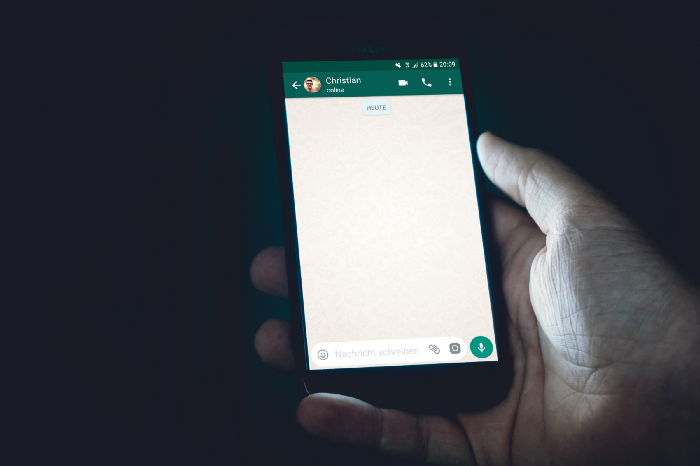There are 1.2 Billion teenagers in the world! And this generation of teenagers grew up in a time when technology had already become mainstream. Therefore teens are comfortable clicking, typing, tapping, swiping, and conversing with text-based, or speech-based chatbots.

Photo by Christian Wiediger on Unsplash
Although teenagers are generally more comfortable with technology than adults, teens and adults think and act differently. If you want to be able to maximize the potential of chatbots for your business by providing instant (and cheaper) customer service, giving product recommendations, and advertising, it is important to think about when and why teenagers would use a chatbot. In hopes of answering these questions, I conducted a survey to see exactly what teenagers expect of chatbots and how they feel towards different types of chatbots. I discuss the results of the survey and provide insight into teenagers’ likes and dislikes when interacting with chatbots. These results will hopefully help you optimize your business’ customer experience with chatbots!
This survey sheds light upon:
- When and why would teenagers use a chatbot?
- What teenagers are hesitant using a chatbot for?
When and why would a teenager use a chatbot?
As the responses to the survey came in, it became apparent that teenagers choose to use chatbots for things they would otherwise feel shy doing.
Q1: What would you use a chatbot for?
A1: “Things I would be too shy to ask people in person.”
Teens want to be able to use chatbots for simple things that they don’t necessarily want to use a phone call for. Making a phone call requires you to be fully present, on the spot, and to have some sort of pre-rehearsed idea of what you’re going to say. On the contrary, getting answers from a chatbot can be done with no planning and over any amount of time with full anonymity.
The inefficacy and discomfort of calling in may cause a teenager not actually go through with ordering food from a new business! However, if the restaurant had a chatbot that allowed a user to order food, it’s possible that many more teenagers would feel content ordering food from the restaurant.
Tasks that fell under the task-based chatbot category included getting access to information like coffee shop operating hours and finding answers to questions or concerns. Our results indicated that teens love avoiding customer service calls for restaurants, banks, or stores and would much rather get their information quickly from a chatbot!
What are teenagers hesitant to use a chatbot for?
We asked teenagers when they’d prefer not to use a chatbot.
Some teens responded by saying,
Q2: What don’t you like using a chatbot for?
A2: “Anything not complicated… [since] I feel more comfortable handling professional stuff on phone.”
It turns out that most teenagers are more than happy to use chatbots to reset a password or to find out whether their favorite coffee shop was re-opening for dine-in service, after being closed due to COVID-19 (a simple question with a simple yes/no answer). However, when asked about using a chatbot for more complicated tasks, such as finding out if they can get reimbursed for an item they bought online, most teenagers stated they rather call in to ask a human agent.
Though we don’t know exactly why this is, one theory is that teens have more faith in a higher-risk task being executed correctly if they speak with a real human. Chatbots often won’t be able to break the rules to get you what you want, while a human agent does sometimes have that authority.
One scenario illustrating this result from the survey is here:
The teenagers were told they “bought an expensive backpack online that went on sale the NEXT DAY! You’d like to check on whether the brand will match the sale price, and reimburse you for the difference”.
For this situation, the large majority of teenagers (77.8%) said they would call in to ask a real agent while only 22.2% said they would use a chatbot. Thus, if your business provides a chatbot that helps deal with situations wherein the customer’s time and/or money is involved it may be a good idea to advertise the sophistication of your chatbot upfront. This way, your users will be more confidant and comfortable using it, instead of calling in and adding to your customer service costs.
If you are looking into developing a chatbot for teenagers, it would be wise to keep in mind the following main points regarding what teenagers expect from chatbots. Firstly, teens will use chatbots for a variety of reasons, which include shyness, and getting information quickly that they can’t find via a quick search. Secondly, teenagers are hesitant using a chatbot for complicated or unique tasks and are less likely to use a chatbot (and talk to a real human) if they believe an exception should be applied to the problem they’re trying to solve.
With these points in mind, you will be able to maximize the potential of chatbots for your business!







